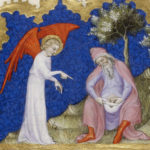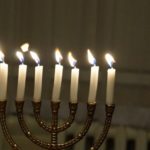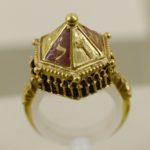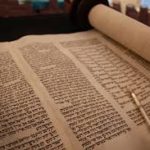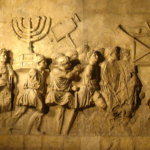I was first allowed to accompany my mother in lighting the candles when I was five years old. She gave me a red shmata (headscarf) that looked quite a bit like a bandanna, only smaller. Covering one’s head is a sign of respect in the Jewish religion. Many Orthodox men wear kippas (yarmulkes) every day, while those who are less conservative wear them only during temple services. When women light the candles for Shabbat or for Chanukah, they, too, are expected to cover their heads.
What to do Before Lighting candles?
Prior to lighting candles, my mother showed me how to set up the candles in the menorah. She struck a match and held the bottom of the two candles (it was the first night) above the flame, letting the wax melt. Doing this would ensure that the candles did not tip over at any time after being placed in the menorah. Candles in the menorah are always placed right to left – the same direction as Hebrew is read – with the shamas candle placed first.
The Meaning of One Unique Candle
One candle is always larger or a special color – this is the shamas. It is used to light the other candles and represents the miraculous oil in the Temple during the Maccabean uprising. For each day of Chanukah, a candle is added to the menorah until there are nine candles total: the shamas and the eight candles that represent the number of days the oil burned. The candles are lit as they were placed, from right to left.
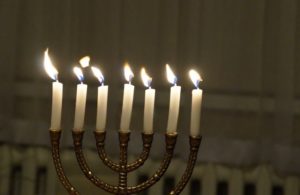 The following prayer is to be said as the shamas is being lit:
The following prayer is to be said as the shamas is being lit:
(pardon my transliteration)
Baruch ata Adonai
Eloheinu melech ha-olam
asher kideshanu vemitzvo tov
vitsivanu lechadlik ner shel Chanukah
As the rest of the candles are lit, the following prayer is said:
(again, pardon my transliteration)
Baruch ata Adonai
Eloheinu melech ha-olam
shiasa nisim lavoseinu
byamimi hasein ba-asman hazeh
Barich ata Adonia
Eloheinu melech ha-olam
Shehekianu vekiamanu vehigianu lasman hazeh
Once the prayers were completed (I repeated the words after my mother) and the candles were lit, we removed our headscarves and happily announced “Happy Chanukah!” After hugging each family member, we children were given driedles (one wooden and one plastic, filled with chocolate gelt) and the family would sing a song together. Growing up in a reform home, we would sing songs that everyone knew and that held a joyous melody. Many Chanukahs were celebrated with “Lecha Dodi.”
Because the story of Chanukah centers around a container of oil that lasted for eight days, when it was only supposed to be able to last for one, my mother told us that we should not blow out the candles. They are supposed to burn out on their own or be allowed to burn for at least thirty minutes.
Most families use this time to exchange gifts and, for some, to retell the story of Chanukah.


